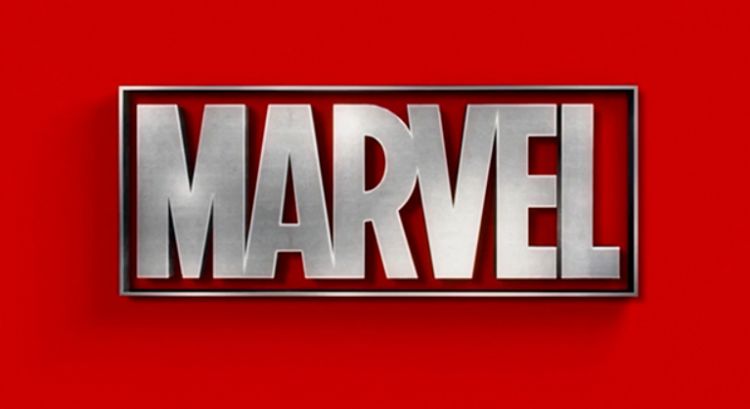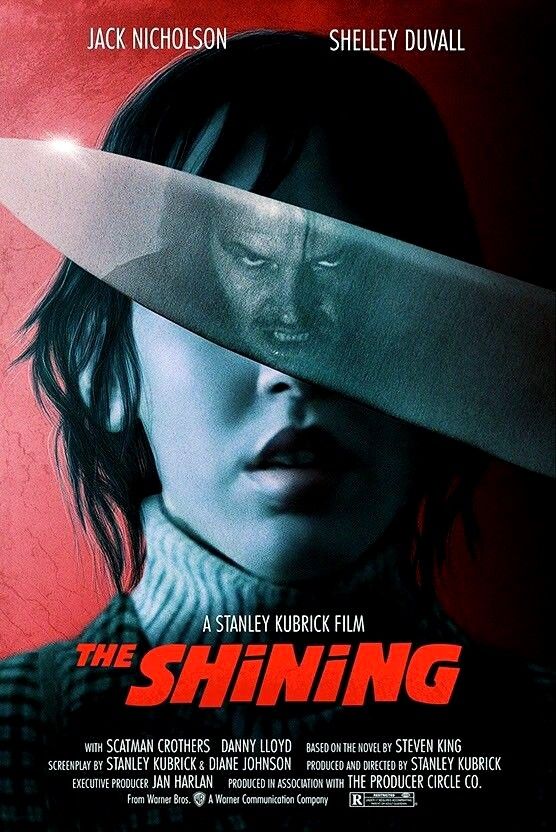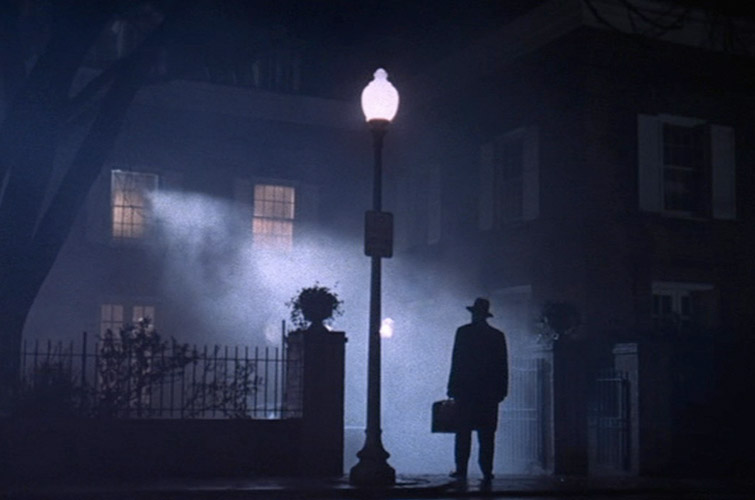Tag: 182
182mapa
Narrative analysis is an in-depth study and examination of a plot or storyline of media product such as a film. Most media products have a story this applies to nearly every genre. Most medias have a storyline so that means that most have an outcome. This would mean that the there is a particular structure and tropes to appeal a specific target audience.
‘From the obviously narrative forms of horror films and television soap operas, to factual documentaries and unscripted reality television shows, and even the compressed storytelling found in 30-second advertisements or the interactive narrative form of videogames.’- Narrative, Jason Mittell.
Narrative analysis can be helpful when it comes to looking into fictional and non-fictional texts, as well as the narratives that we construct in media that seemingly have no inherent narrative at all for example social media.
Vladimir Propp is one of the main theorists for this method as he researched into the relationship between the narrative and characters. His research argues that stories within the media are more character driven and that plots from the media are developed from the different decisions, gestures and actions of characters along with how the characters within the story function.
Claude Levi-Strauss is another theorist that works with narrative. He was part of the structuralist and he was more interested in how we extract meaning from the narrative. He believed that these narratives have messages that can help us gain an understanding and learn about values, identity and social norms. He spoke about how oppositions in stories can relate to broader oppositions in culture.
182mapa
This type of analysis can be both a methodology and a method. Discourse analysis looks into how language is used within a media product and how meaning is created by it.
‘Discourse analysis has many different styles of analysis which all lay claim to the name. What these perspectives share is a rejection of the realist notion that language is simply a neutral means of reflecting or describing the world, and a belief in the central importance of language and representations in constructing social life.’ – Discourse, Rosalind Gill. This shows off that while there are different versions of this analysis there are common perspectives with the type of analysis.
Discourse Analysis can help us understand socio-cultural attitudes from a group or community. Discourse analysis can be can be done can be done on a range of different texts for example you could do a critical analysis on particular hashtags which would be a range of different types of people under particular tweets. This would be under a range of diverse people and once you pick a particular hashtag to analyse the main thing to do would be to find a common perspective or common wording that are repeated this would be shown one of the discourses involved within the text. The wording when it comes to discourse is important and can change the perspective depending on what topic the discourse analysis is on.
The main elements when it comes to discourse that would need to be looked at when doing the analysis is vocabulary, structure, genre, non-verbal communications and conversational codes.
182mapa
Political Economy is an approach to studying media which is mainly focused the ways in which media is produced, distributed and consumed, rather than on analysing the interpretations of the signifiers found within texts.
The main theorist behind Political Economy is Marxism who talks a lot about capitalism and the flaws of capitalism. For example he talks about one of the flaws being how modern work is alienated and how in modern times it is harder to contribute to society.
This video is what we looked at in order to look further into Marx’s theory and take away from the theory what we could need to in order to understand political economy.
This methodology strong links with the concepts of power and hegemony. This is due to the fact that this concept focuses on the industry which involves lot of different power roles and dynamics which in turn ends up being one of the reasons particular subjects and audiences are represented within different media products. An example of this is typically the people in charge are rich cis-straight white men which ends up with them not presenting a lot of men as sensitive or with heavy negative attributes as they don’t want to present themselves in a bad light.
‘Critical political economy considers both economic and noneconomic values, providing a normative basis from which to critique a broader range of social institutions including incumbent media systems, the nuclear family, the legal system, the political system, religious traditions, health, and education, among others. This approach promotes a method of analysis for providing a more just and rational course of action when confronting serious social problems related to pervasive inequalities under conditions of capitalist globalization‘ – Political Economy, Patrick Burkart. This quotation explains a good understanding of the methodology and how it can be used.
182mapa
Visual style has a very similar aspect to visual analysis elements. However, visual style are every specific elements with a moving image that is heavily stylised or un-stylised for a specific genre, company or film.
On of the main readings was on Butler’s research of what style is, why creators use different styles and what they use it for: ‘One common way to begin this definitional task is to conceive of style as the how that produces the what of media texts.The preceding chapters of this book have centered on
that “what.” To wit, they have examined the meanings and stories that we derive from media texts.‘ – Visual Style, Jeremy G. Butler. This shows that there are different definitions for style and what visual style can involve.
One of the main concepts of style is elements such as text. Visual elements that are depicted to a company or creators or genres makes the overly styled logos, titles or text in the moving image so that audiences can instantly see them and know hat it belongs to a that specific company, genre or media product.

An example of a very recognisable and stylised text is the marvel logo as most people would recognise along the colours for the logo. This indicates that the logo is stylised to be draw in the audience and allows the audience to instantly know that this font represents marvel.

Another similar type of styling is font and colour of text so for example with this horror movie cover the font is very stylised and is red which is the classic horror movie convention colour. This indicates to the audience that the movie will be in the horror genre and added to the effect of the rest of the cover as it stands out but also highlights the other key elements on the cover which is the character holding a knife with a reflection of another menacing character in this all of this being in black and white adding to the horror genre conventions.
Even though there is more to style than text and how stylised or un-stylised it can be text is one of the main ones when it comes to visual analysis.
182mapa
Visual Analysis is often shown as ‘film analysis’ but can be applied to still images, photography, advertisements, and any type of moving image, including television, music video, TikTok, YouTube video, etc.
This often involves a lot of similar to semiotics as it involves a lot of study into the signs. Visual analysis often involves mise-en-scene, camerawork, editing techniques as well as other cinematic conventions.
One of main differences is with visual analysis is that it focuses more on the visual elements of media products. This involves analysis of sequences, camera shots and angles as well as the editing techniques that goes into them.
‘Flashbacks, or temporal ellipses of many sorts, are often signaled with a dissolve (that edit which joins two shots, the first fading while the second gradually appears).’-Villarejo, Amy. Film Studies: the Basics, Taylor & Francis Group, 2013. This quotation demonstrates one of the main editing techniques that could be analysed when looking at visual analysis.
One of the main parts of the visual analysis is camera shots:

Theses shots and angles are one of the main core parts of visual analysis as they can introduce characters and environments for the audience and by having the camera move or placed in a particular way can completely change how the audience would be able to see the scenes. An example of this is if the camera is placed in a cramped dark hall way with just one character in frame, who has a dark and mysterious costume on, this would create tension for the audience and typically this character would be shown most likely be an antagonist within the moving image.
This is an opening sequence that involves a range of shots to introduce characters and this is down mainly with a continuity shot. This would have a visual analysis that would involve talking about the range of shots that are in the sequence such as the dolly shot and the raze shots. With this opening there are a range of scenery that would indicate to the audience the type of genre and setting that they are going to see. For example the clothing and the environment would suggest to the audience that this series is set in the past. Along with that the range of different camera angles and shots allows the audience to see the environment and characters. Each of these camera shots and the mise-en-scenes within each shot was carefully planned out to keep the audiences attention and the transitions between each shot thats not continuous is smooth for example they have a lot of camera panning or movement that create transitions from scene to scene as well as fade to blacks and cuts.
The visual analysis of moving image allows an in-depth look into how the camera and scenes are set out and what each signifier could mean within each scene and what the creator of the media product was trying to accomplish and show the intended audience.
182mapa
Semiotic is how we, as an audience, interpret the meanings from language, signs and images. The analysis of this allows us to think more in-depth about the meanings that come from messages/signs which include written, audio and visual. Semiotic Analysis would allow for a more in-depth analysis due to the fact that this theory as it allows us to see and analysis signifiers in different ways, which can be used when analysing media products such as films, for example we have the denotation of a signifier and the connotation of signifier. These can be used to analysis all types of media products.
Within the reading one of the main things looked at was the understanding of semiotics and what is involved in the study of signs, ‘To understand culture is to explore how meaning is produced symbolically through the signifying practices of language. This has been the domain of semiotics, broadly understood as the study of signs, and developed from the pioneering work of Saussure.’–Barker, C., & Jane, E. A. (2016). Cultural studies: Theory and practice (5th ed.). SAGE Publications. This quote shows off that in order to understand things and explore the meaning behind signs.
This video explains the basics of semiotics and how it can be used within film and moving image. This video explains how you can still get a basic understanding of film even without knowing the language the film is spoken in. This is proven with how a scene is laid out with how the camera is positioned, mise-en-scene and just the overall gestures that characters show. This therefore allowing the audience to get a basic understanding of what is going on within the film/ moving image and what the genre of the film or moving image. This video also explains how sounds both diegetic and non-diegetic can be an effective way for an audience to pick up on what is happening in the scene and can add to the atmosphere that the scene within the moving image is giving off. The video also shows how this is even more effective when you add the camerawork and the editing in place as it would allow the audience to notice different signifiers such as the characters body language and whether the camera angles and positioning is making the character look small within the frame or intimidating and big within the shot.
So an example of a brief analysis would be to take a shot from a moving image and look at the signs within the shot.

So if i were to analysis this image above I would instantly think that it would be from a thriller or horror movie due to how the scene is laid out. As when you look at it the camera is in a long shot and is at an angle so both the figure and the lamp post is within the frame facing ominous looking building with yellow lights. This is where mise-en-scene comes in and shows off that the colour scheme and the environment indicate to the audience that something is about to happen in the following scene this is shown with the layout off the scene as it shows dark colours which often can indicate danger and mystery, along with the yellows which would often relates to danger and warning. The positioning of the figure shows that he could be an important character and creates tension of the unknown for the audience. Now i could go into more depth but this was just a base example from a still image that could show off the significants of the study into signs and the connotations that come from different signs such as colours.
